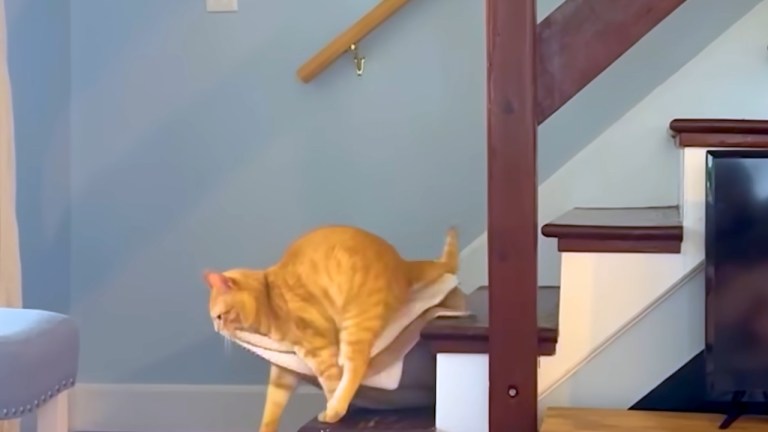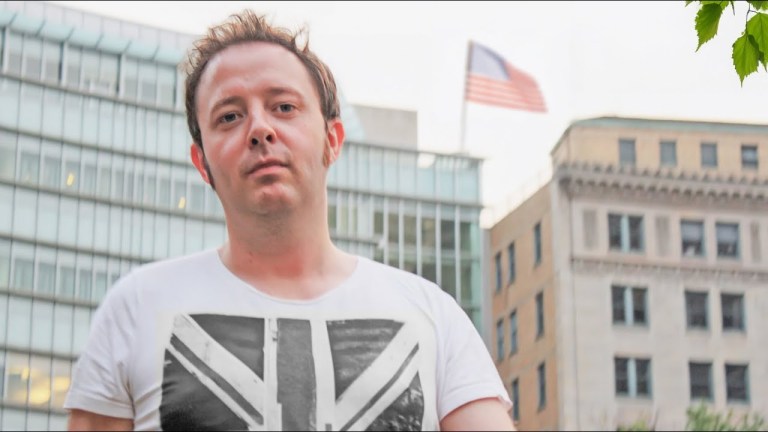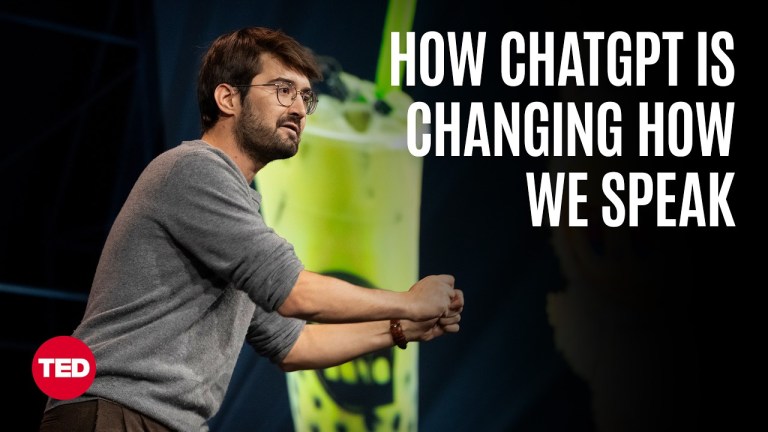The German Expressionism Origins of the ‘Dutch Angle’ Camera Tilt Used in TV Shows and Movies
Vox producer Marie Cascione takes a look into the misnomered cinematic “Dutch angle”, noting that the roots of this camera trick originate in German Expressionism.
The Dutch angle, or as it was originally intended, the Deutsch angle, is a technique in which a camera or environment is set at an angle in order to create tension or disorientation. This type of effect was first recognized heavily in German Expressionist art which use exaggerated features and tilted perspectives in order to communicate the horrors of war.
Early German filmmakers adopted this technique in such films as The Cabinet of Doctor Caligari (1920), which used hand-painted tilted sets to portray the mystery and confusion of the characters, and Nosferatu (1922), which used the tilt to heighten the terror.
It was pioneered by German directors during World War I, when outside films were blocked from being shown in Germany. Unlike Hollywood, which was serving up largely glamorous, rollicking films, the German film industry took inspiration from the Expressionist movement in art and literature, which was focused on processing the insanity of world war.
The Dutch angle has become more common in modern days, appearing everywhere from big-budget superhero films to perfume commercials, but even so, the sense that the Earth has fallen off its access can definitely be discomfiting.
Today, it’s featured across basically every genre, to varying degrees of success. Movies like 2000’s Battlefield Earth and 2011’s Thor have been criticized for using the tilt as a crutch. But filmmakers like Spike Lee, Terry Gilliam, and Tim Burton all seem to get it: Tilting a shot to highlight tension, or distortion, or underscore a film’s dystopian confusion keeps the spirit of expressionism alive.







